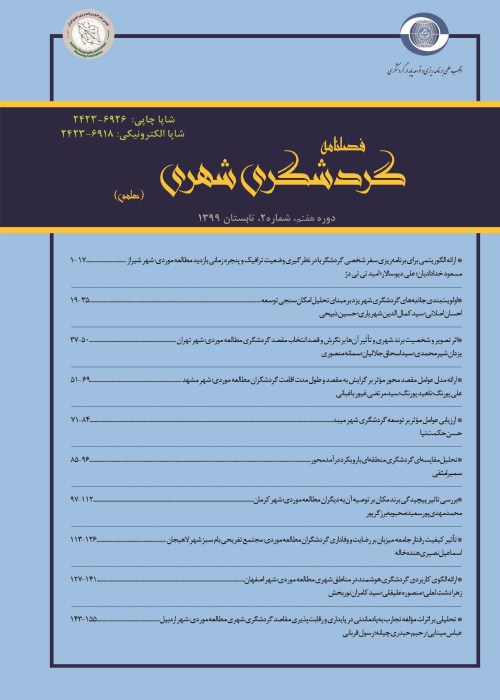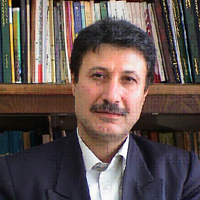The Proposed Algorithm for the Detection of Tourism Destination in the Life Cycle
The knowledge about the existing situation in the process of development has a determining effect on the knowledge about the correct path of planning towards the development of tourism and Butler’s model or theory regarding the tourism area life cycle is one of the best tools in this respect which has been approved by specialists in the field of tourism as a valid scientific theory from its first publication in the early 1980s to the present in a lapse of more than 40 years. From the beginning to the present, a lot of methods have been applied to identify diverse stages of the life cycle and a lot of effort has been made to bring the theory into practice and that is what the present article is also about. The determination of the position of any destination in the life cycle of tourism destination logically follows a three-stage process. Initially, it is required that the features of the different stages in life cycle be pointed out, the conditions of these parameters in the six-staged life cycle of Butler be stated exactly and finally in order to determine the position of the destination, its present conditions be matched with the relevant parameter of each stage.
Accordingly, the variables of the different stages in the life cycle have been extracted in the form of 20 parameters from theoretical studies which can be categorized in three groups; the quantity of tourists, the style of traveling, and the condition of the destination. Then the conditions of these parameters in each stage of the cycle are examined. Since one of the major problems of Butler’s model is the absence of an exact borderline between these different stages, instead of attributing the options and the stages to each other, the upper and lower bounds is determined for each option. Based on the final algorithm of the position of destination in each specific stage of its evolution, it will be proved if and only if the option related to that stage has the correct value in all the parameters.
The life cycle of a tourist destination has been regularly tested since Butler's initial proposal in 1980. In this research, time series have been used mainly for tourism purposes that have long-term historical information and statistics. More recently, Garay et al. (2011) Used to study various periods of the tourist life cycle in Catalonia. Efforts have also been made to quantify and use mathematical models. Also, some studies have focused only on a specific stage of the cycle (mainly the stages of recession and decline) and have described the characteristics of that stage. Research on the Butler model covers a wide range from a single attraction such as Niagara Falls to destinations with diverse attractions such as Lancaster, northwestern Canada, Yellowstone and the Smoky Mountains. Also during this period, various tourist attractions and resources, including beaches, islands and mountains, have been studied from various angles such as model validity, social, environmental and economic changes during the life cycle stages or tourism planning.
In case of a problem in the cycle and there is a zero violation after entering the defect elimination cycle, first the two indicators of travel organization and length of stay are removed and the process continues again to achieve the correct result. To delete the index, the value of all the fields associated with that value row is actually filled in correctly. If the problem persists after the error message is returned by returning to the next index entry stage for the accommodation and loyalty indicators if they have a correct option. Two options are entered correctly; And as before, the process continues until the result is achieved. In this process, priority is given to indicators that have a lower degree of validity. Obviously, the indicators that an option was used to respond to must have been stored somewhere before. In case of a problem in the cycle and there is a violation of more than one, entering the defect elimination cycle is done like the second part of zero defect, with the difference that by returning to the entry stage of the next index with the same priority for the four indicators of travel organization, length of stay, The way of residence or loyalty, if they have two right options, one is considered the right option and the process continues until the correct result is obtained. If the algorithm is not applied correctly in the destination application even after the defect elimination cycle, the accuracy of the entered information should be re-examined or the subject should be evaluated as an exception, although the probability of this event is very small and zero
- حق عضویت دریافتی صرف حمایت از نشریات عضو و نگهداری، تکمیل و توسعه مگیران میشود.
- پرداخت حق اشتراک و دانلود مقالات اجازه بازنشر آن در سایر رسانههای چاپی و دیجیتال را به کاربر نمیدهد.




